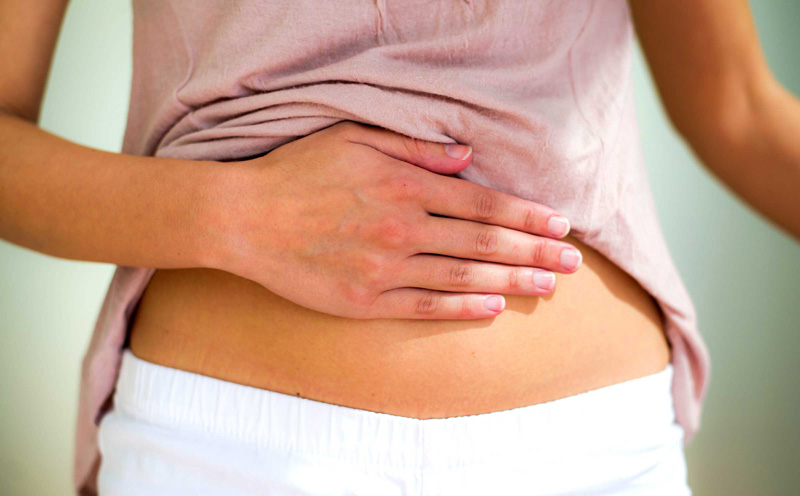Fatty Acid In Your Daily Foods

Know about fatty acid in your daily foods
A fatty acid is the building blocks from which fats (lipids) are made which has hydrocarbon chain and has a carboxyl group at the end. The Fatty acid is found in the most of the organic substances like cell-membrane, oils , soap etc . There are, over 40 naturally occurring fatty acid , most having even numbers of the carbon atom. The fat found in the animal body are composed of palmitic acid , stearic acid , and oleic acid with small amounts of linoleic acid , myristic acid and other acids. .The unsaturated fatty acids are
There are different kinds of fatty acids .The unsaturated fatty acids are carbon-carbon double bond. For example one double bond –oleic acid, two double-bond linoleic acids , three double-bond linolenic acids , four double bond arachidonic acid. Unsaturated fatty acids are usually liquid at room temperature. They are present in the marine oil (whale, shark etc) and vegetable oils ( except ( coconut and plum oils , which have a preponderance of saturated fatty acid ) Polyunsaturated fatty acid ( PUFA) cannot be synthesised by humans and entirely obtain from the diet. This is also known as essential fatty acids. There are two main classes of PUFA: These cannot be interconverted .Fat floats in the stomach. Fat emptying is therefore considerably delayed in the erect posture but is rapid when lying on the left side. The entry of fat into the duodenum releases secretin , pancreozymins and cholecystokinin which stimulate the flow of the bile and pancreatic juice. Dietary triglyceride is emulsified by bile salts and is broken down by pancreatic and intestinal mucosal lipase into monoglycerides and fatty acids prior to absorption. Further steps include triglyceride resynthesis and chylomicron formation and transport.
These cannot be interconverted .Fat floats in the stomach. Fat emptying is therefore considerably delayed in the erect posture but is rapid when lying on the left side. The entry of fat into the duodenum releases secretin , pancreozymins and cholecystokinin which stimulate the flow of the bile and pancreatic juice. Dietary triglyceride is emulsified by bile salts and is broken down by pancreatic and intestinal mucosal lipase into monoglycerides and fatty acids prior to absorption. Further steps include triglyceride resynthesis and chylomicron formation and transport.
The most important function of free fatty acid is to provide energy reserve that can be drawn upon necessary. Fat has a supply about 9 kcal ( 38 kj) per gramme. Short chain fatty acids, butyric acid from tributyrin of butter, yield only 6.7 kcal. Per gramme. The hormone insulin ensures that fatty acids in circulating lipoproteins are liberating out and pass to adipose tissue by activating the enzyme lipoprotein lipase. Insulin is generated when glucose enters into the blood from the gut, so concentrations are high after a meal. When the insulin in the blood get low (i.e. during fasting), hormone-sensitive lipase is activated and fatty acids are mobilised to meet energy demands. Fatty acid help in absorption of fat soluble vitamin A, D, E, and K. Essential fatty acids are necessary for growth and function .Fatty acid also helps for tissue growth and repair. Fats help in producing a sense of satiety as they delay the emptying of the stomach. Omega 3 and omega 6 polyunsaturated fatty acid helps in managing inflammation in the body. Omega 3 and omega 6 PUFA act as an antioxidant.
Dietary fatty acids can affect the progression of cardiovascular disease. The effects are on blood lipid concentrations, blood pressure, inflammatory response, arrhythmia and endothelial function. A well-established risk factor for cardiovascular disease is an elevated plasma low-density lipoprotein (LDL) concentration of cholesterol. When saturated fatty acids are replaced with either monounsaturated fatty acids or n-6 PUFAs reduces LDL or bad cholesterol, and also reduces the risk of developing the disease. Unsaturated fatty acids, for an example linoleic acid or monounsaturated fatty acids, are responsible for the slight elevation of high-density lipoprotein or good cholesterol, which helps to remove triacylglycerols from the bloodstream. Fatty acid plays so many important parts in the human body. As well fatty acid is used in different products like preparation of soap, body cream, facial cream, makeup, shampoo, hair oil. It has both commercial and non-commercial uses.









